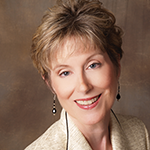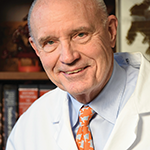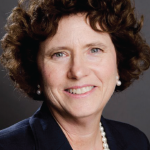At first, I was worried that I could be diluting both experiences by pursuing a two-division appointment. But now that I’m actually doing it, it feels like, with both internal medicine and rheumatology, I’ve remained on the steepest part of the learning curve, which is where I’m happiest. There is also clinical and scheduling variety that comes with a dual appointment, which permits me to see a whole lot of medicine and meet a wide variety of patients. This variety has served as an incredible renewal of professional purpose for me.
TR: How has this split role affected your practice as a clinician educator?
Dr. Murthy: I supervise and teach medical students and residents very often, in the course of direct patient care and during didactic sessions. As a specialist, I sometimes feel like I can be a resource to them, when a rheumatologic issue comes up. And as an internist, I feel like I can still speak the language of the hospitalist, help plan the logistics of an admission, emphasize safety and humanistic care, and anticipate and attend to the social dimensions of care.
I also suppose the split role has given me more to teach. And the person who teaches is often the person who learns the most.
TR: What challenges have you encountered in managing both roles, and what strategies have you found to overcome them?
Dr. Murthy: Piecing together two clinical schedules can be tricky. I’m very lucky to have extremely supportive leadership in both divisions who have helped me assemble my dream job. I’ve learned to be more efficient with daily inbox management as I’ve gained more experience. Of course, it also helps to have amazing medical assistant staff who are in touch with me by phone when urgent matters arise, as well as other co-faculty members (who are dear friends) who cover one another’s inboxes during vacations.
TR: What recommendations do you have for rheumatology trainees who may be interested in pursuing general medicine or hospitalist roles?
Dr. Murthy: When it comes to career planning, half the issue is figuring out what you really want. My decision to pursue both fields emerged from journaling about my career reflections, thinking it over during long walks and hikes, and having frank conversations with friends and mentors. If you are passionate about both fields, I’d suggest initiating conversations about whether this is possible at your institution of choice as early as possible.



